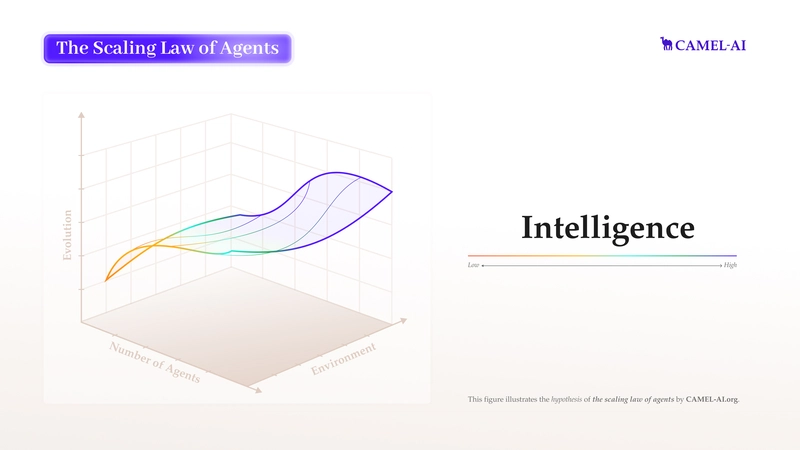Understanding DOM Element Selection Methods in JavaScript: A Deep Dive
When working with the Document Object Model (DOM), selecting elements is a fundamental operation. This article explores three common methods: getElementById, getElementsByClassName, and querySelector. While they might seem similar at first glance, each has unique characteristics and use cases that are crucial to understand. The Test HTML Let's examine these methods using a simple HTML structure: A Study in Scarlet The Valley of Fear 1. getElementById: The Specific Selector const title = document.getElementById('title'); console.log(title); // Output: // A Study in Scarlet getElementById is the most straightforward and fastest of the three methods. Here's why: Returns a single Element object (or null if not found) Performs a direct lookup in the document's ID map Has the best performance of all selector methods Is not live-updating (returns a static reference)

When working with the Document Object Model (DOM), selecting elements is a fundamental operation. This article explores three common methods: getElementById, getElementsByClassName, and querySelector. While they might seem similar at first glance, each has unique characteristics and use cases that are crucial to understand.
The Test HTML
Let's examine these methods using a simple HTML structure:
id="title" class="title">A Study in Scarlet 








































































































































































![[The AI Show Episode 142]: ChatGPT’s New Image Generator, Studio Ghibli Craze and Backlash, Gemini 2.5, OpenAI Academy, 4o Updates, Vibe Marketing & xAI Acquires X](https://www.marketingaiinstitute.com/hubfs/ep%20142%20cover.png)






























































































































![[DEALS] The Premium Learn to Code Certification Bundle (97% off) & Other Deals Up To 98% Off – Offers End Soon!](https://www.javacodegeeks.com/wp-content/uploads/2012/12/jcg-logo.jpg)
![From drop-out to software architect with Jason Lengstorf [Podcast #167]](https://cdn.hashnode.com/res/hashnode/image/upload/v1743796461357/f3d19cd7-e6f5-4d7c-8bfc-eb974bc8da68.png?#)








































































































.png?#)





(1).jpg?width=1920&height=1920&fit=bounds&quality=80&format=jpg&auto=webp#)





























_Christophe_Coat_Alamy.jpg?#)
.webp?#)
.webp?#)











































































































![Apple Considers Delaying Smart Home Hub Until 2026 [Gurman]](https://www.iclarified.com/images/news/96946/96946/96946-640.jpg)
![iPhone 17 Pro Won't Feature Two-Toned Back [Gurman]](https://www.iclarified.com/images/news/96944/96944/96944-640.jpg)
![Tariffs Threaten Apple's $999 iPhone Price Point in the U.S. [Gurman]](https://www.iclarified.com/images/news/96943/96943/96943-640.jpg)




































































































































